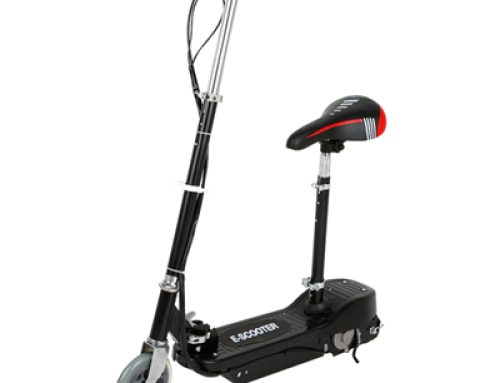Electric Bike Motors:
E-bike motors are the heart of the electric bicycle, providing the power that assists the rider’s pedaling effort. There are several types of e-bike motors:
- Hub Motors: These are located in the hub of either the front or rear wheel. They provide direct power to the wheel, making them simple in design and easy to install. They are often used in more affordable e-bikes and are suitable for flat terrains.
- Mid-Drive Motors: Positioned near the bike’s bottom bracket, mid-drive motors provide power directly to the crankshaft. This design offers better weight distribution and is ideal for more challenging terrains like hills or off-road trails.
- All-in-One Systems: Some e-bikes come with integrated motor and battery systems that are custom-designed for that specific bike model. These systems provide a streamlined appearance and often offer more seamless integration.
Electric Bike Batteries:
E-bike batteries store the energy needed to power the motor. Battery technology has evolved significantly, and lithium-ion batteries are the most common type used due to their high energy density, lightweight nature, and long lifespan. Here are the key aspects of e-bike batteries:
- Voltage (V): E-bike batteries typically operate at voltages between 24V and 52V. Higher voltage batteries tend to offer better performance and efficiency.
- Capacity (Ah or Watt-hours): Capacity determines how much energy the battery can store. It’s usually measured in ampere-hours (Ah) or watt-hours (Wh). Higher capacity batteries provide longer range.
- Placement: E-bike batteries can be integrated into the frame (internal) or mounted externally, often on the downtube or rear rack. Internal batteries offer better aesthetics and protection.
- Removability: Some batteries are easily removable for charging, while others are integrated and need the bike to be plugged in directly.
- Charging: Most e-bike batteries can be charged using a standard electrical outlet. Charging times vary based on battery capacity and charger specifications.
- Battery Management Systems (BMS): Modern e-bike batteries often include a BMS, which monitors and regulates cell voltage, temperature, and overall health. It enhances safety and extends battery life.
- Range: The range of an e-bike depends on factors such as battery capacity, motor efficiency, terrain, rider’s weight, and assist level. Manufacturers often provide estimated ranges based on average conditions.
- Lifecycle: E-bike batteries have a limited number of charge cycles before their capacity diminishes. A good-quality battery can typically last for several years, but its lifespan varies based on usage and care.
E-bike technology continues to evolve, with advancements in motor efficiency, battery capacity, and integration. When choosing an e-bike, it’s essential to consider your riding needs, the terrain you’ll be covering, and the overall design and components of the bike, including the motor and battery.







